Hey there! If you've ever been involved in a workplace restructuring, you know it can be a bit overwhelming for everyone involved. It's essential to communicate changes clearly and compassionately, ensuring everyone feels informed and supported during the transition. In this article, we'll provide a comprehensive letter template that will help guide you through notifying your team about organizational changes. So, let's dive in and explore effective ways to deliver this important message!
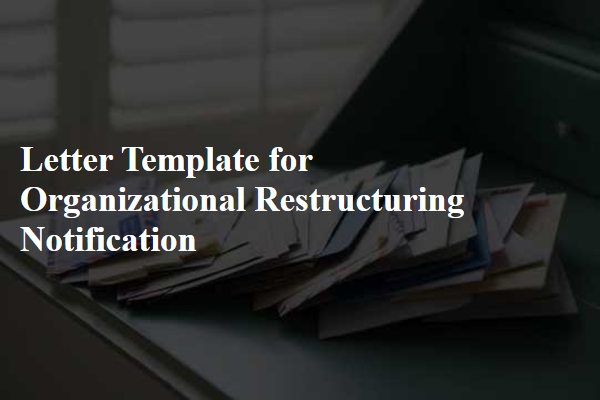
Clarity in Communication
Effective organizational restructuring often leads to enhanced clarity in communication channels within a company. This process typically involves realigning teams, redefining roles, and establishing reporting lines to improve workflow efficiency. During this transition, organizations may introduce new communication platforms, such as project management tools or collaborative software, aiming to facilitate direct and transparent interactions among team members. Moreover, training sessions may be organized to ensure employees understand their new responsibilities and the overall company objectives. By addressing potential concerns, the restructuring can foster a culture of open dialogue and engagement, ultimately leading to increased employee morale and productivity in the workplace.
Conciseness in Structure
Organizational restructuring involves significant changes to a company's framework, aiming to improve efficiency and adaptability. Restructuring plans often arise from internal assessments or external market pressures. Key departments such as finance or human resources often undergo realignment, affecting roles and responsibilities. Communication strategies play a vital role during this process, facilitating clear messaging to employees about changes. Timelines for implementation, often spanning several months, require careful planning to execute effectively. Stakeholder engagement, especially from leadership teams, is crucial in maintaining morale and fostering a culture of transparency throughout the transition.
Reassurance and Support
Organizational restructuring can evoke uncertainty among employees, potentially impacting morale and productivity. A well-structured communication approach is crucial in maintaining trust. This type of notification should emphasize transparency, outlining the reasons behind the restructuring, such as optimizing operations or adapting to market changes. Key support programs should be highlighted, including employee assistance programs (EAPs) for mental well-being, opportunities for retraining or upskilling, and dedicated HR contacts for addressing concerns. Timelines for implementation and mechanisms for feedback, such as Q&A sessions, should also be included to reinforce support during this transitional phase. This clarity fosters a sense of security among employees at all levels, encouraging a collective move towards revitalization.
Transparency and Honesty
Organizational restructuring often necessitates clear communication to team members regarding changes. Transparency in conveying the reasons behind restructuring, such as changing market conditions, operational efficiency, or enhancing competitiveness, fosters trust. An honest explanation about the anticipated impacts on roles, job security, and future opportunities can mitigate uncertainty and anxiety. Providing a timeline and outlining support measures, such as retraining or severance packages, is vital in demonstrating commitment to employee welfare. Regular updates throughout the restructuring process can reinforce a culture of openness, encouraging feedback and addressing concerns promptly.
Legal Compliance and Policies
Organizational restructuring can significantly impact legal compliance and company policies. During this process, it is essential to review existing employment contracts, ensuring alignment with labor laws and regulations at both federal and state levels. Essential documentation like employee handbooks must be revised to reflect changes in roles and responsibilities, maintaining transparency throughout the transition. Non-disclosure agreements may need updates, especially if sensitive information is involved. Training sessions on new policies could be necessary, enabling employees to understand their rights and obligations under the restructured organization. Regular communication regarding compliance measures is critical to fostering trust and minimizing potential legal risks.

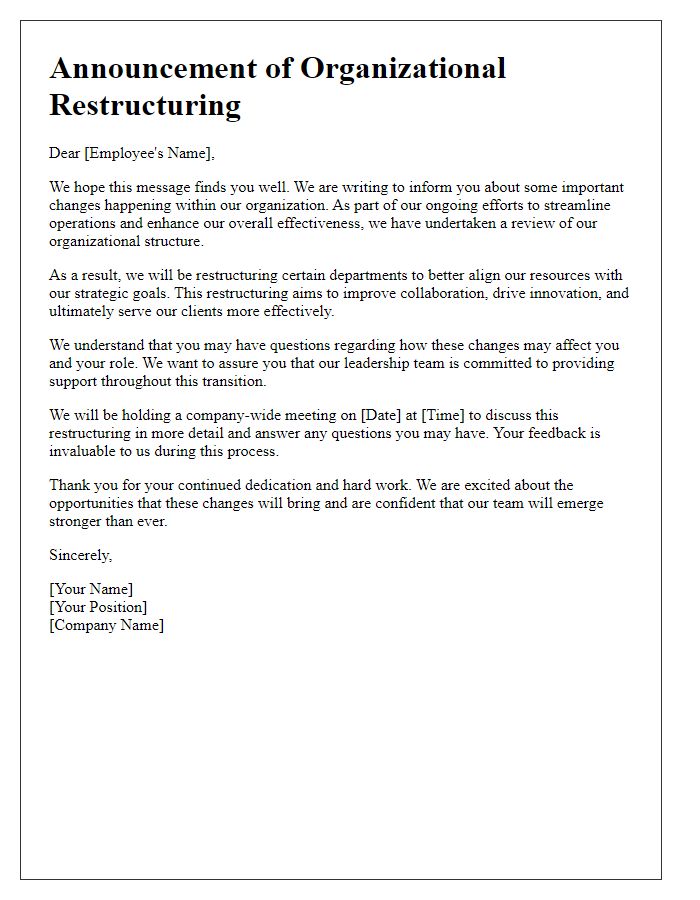

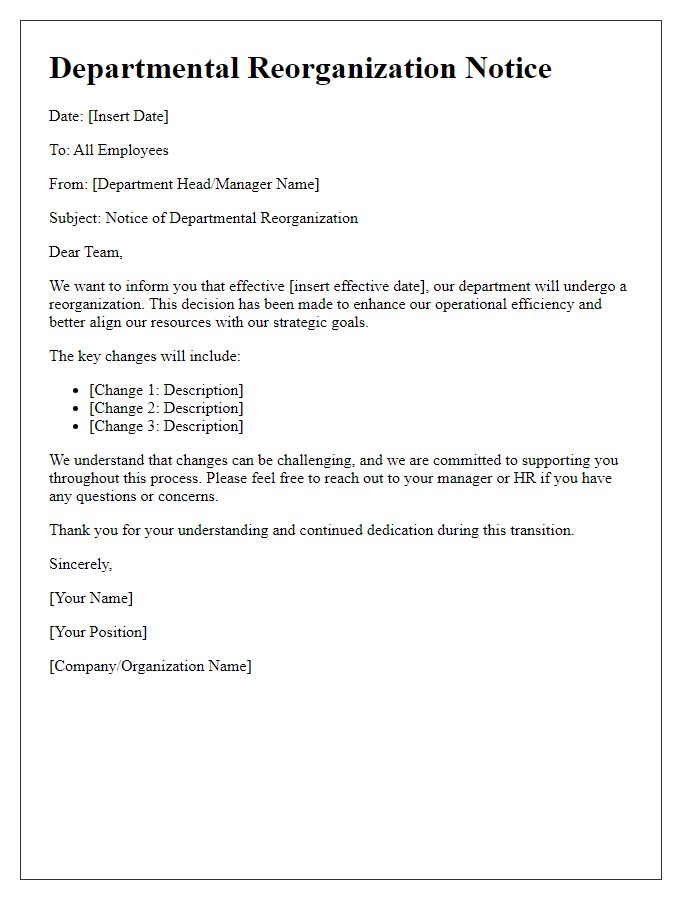
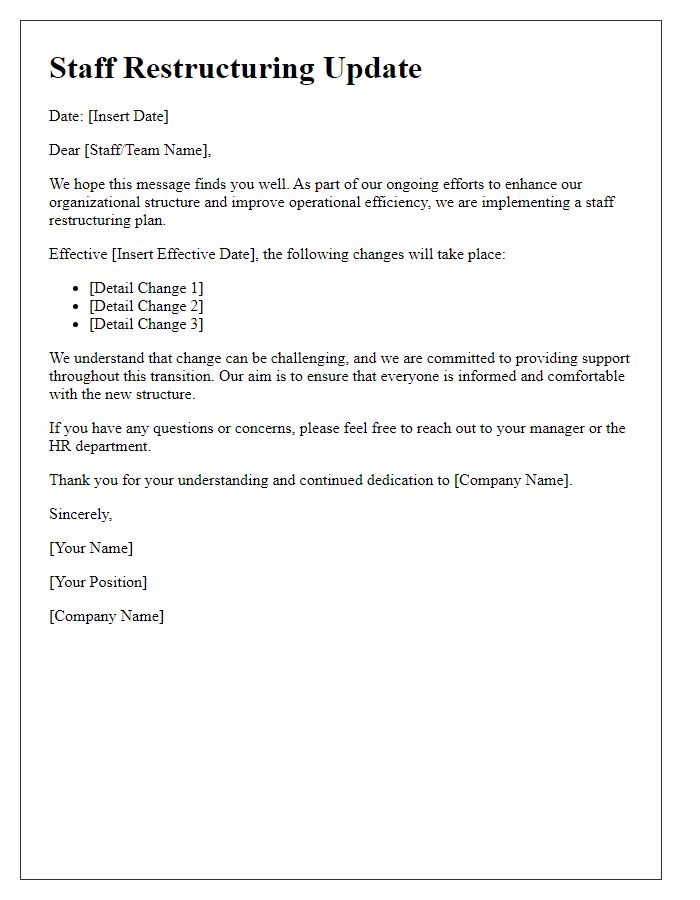

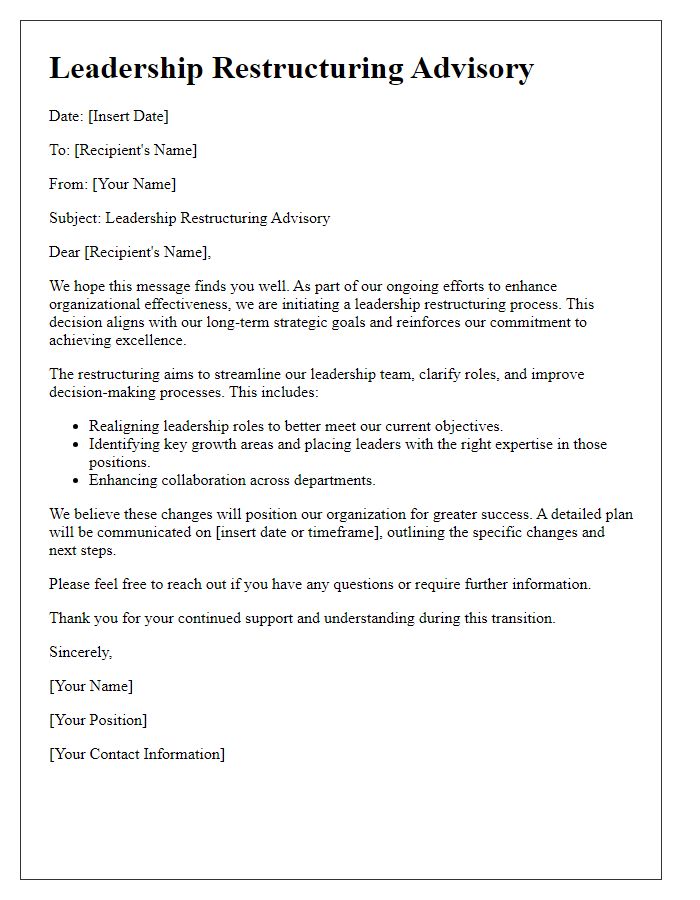
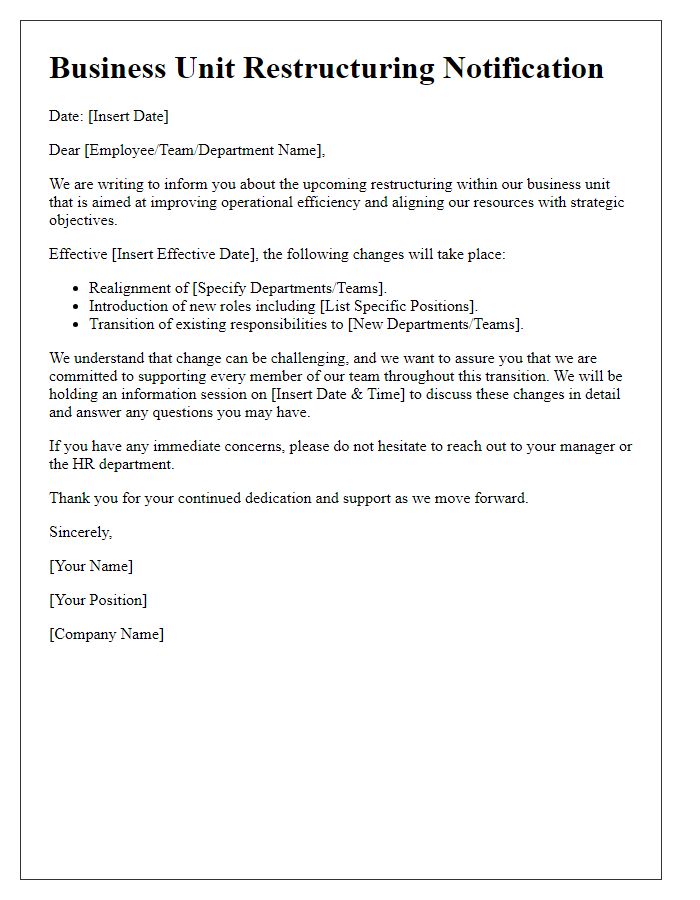
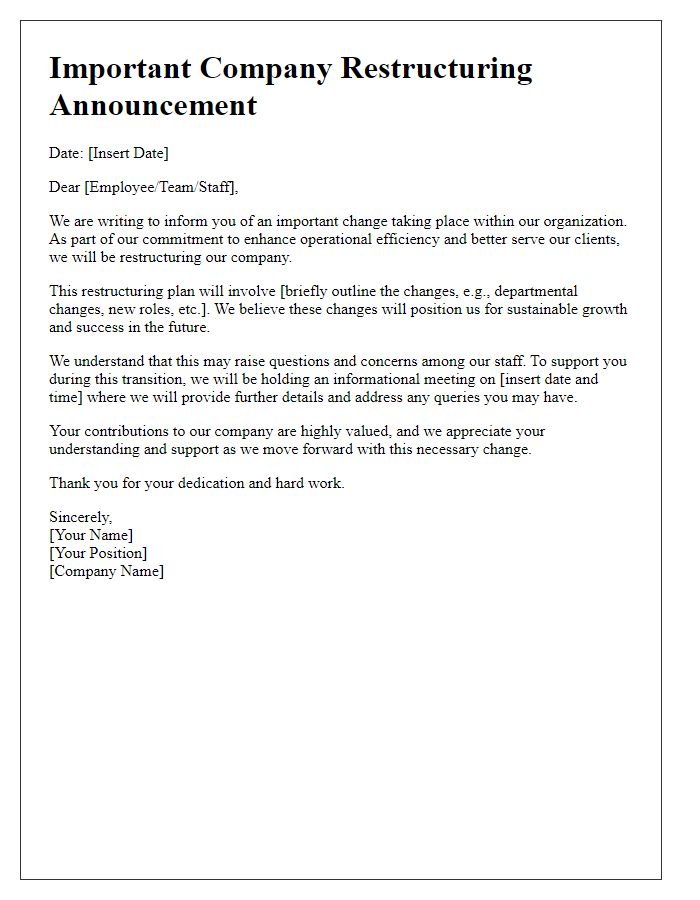
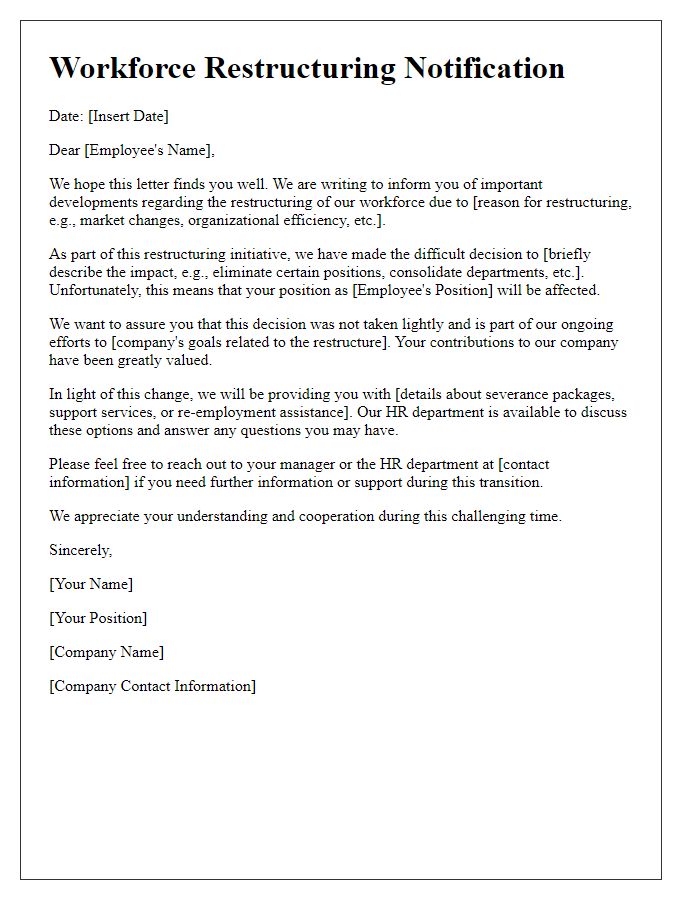



Comments